SaaS Logos Design Report — Analysis of 128 Companies Logos
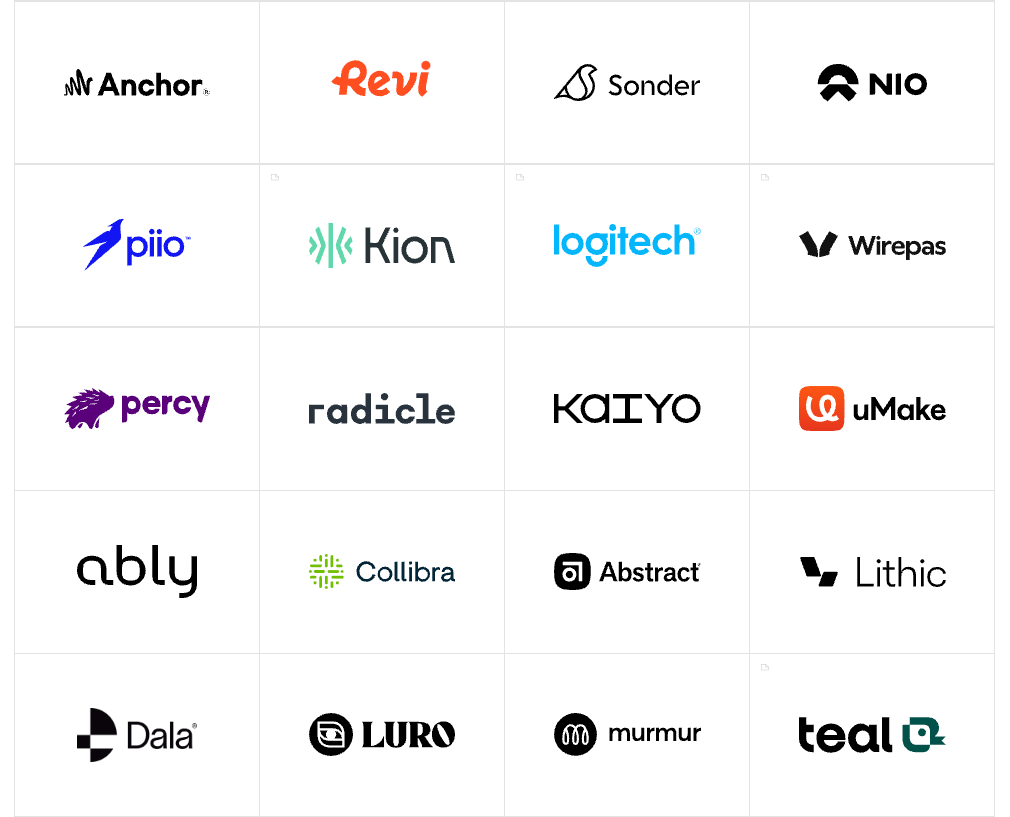
We’ve analysed the logos design of 128 companies offering Saas products. Our goal was to capture the state of the logos design in the tech industry to help fellow designers understand:
- What design-solutions to follow if you want to be in-line with how most logos look like.
- What trends to avoid if you want your Saas logo to stand out.
We’ve analysed both well-established and new companies in different industries (design, marketing, development, analytics, HR, etc.) including companies like MailChimp, Basecamp, Asana, Intercom, Hotjar, Wistia, BitBucket, etc. All of the logos in the analysis are manually curated to have professional and well-designed logos in the first place.
Logo structure
72% of logos use icon + text
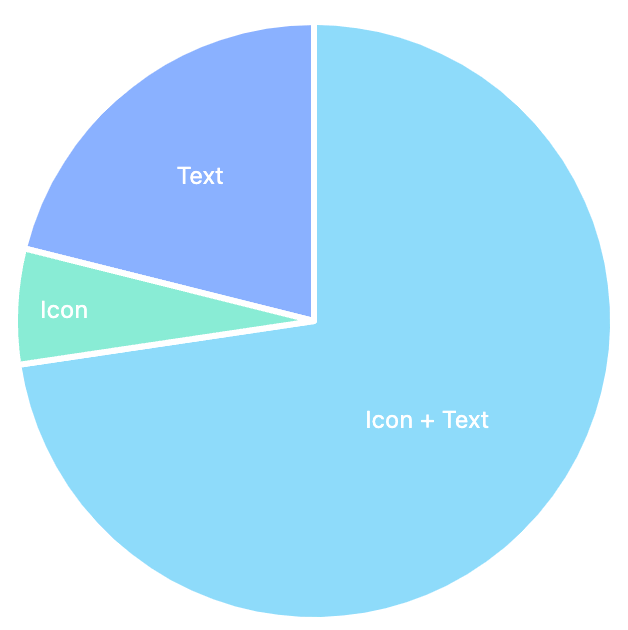
21% use text only and 6% icon only. So the standard structure for Saas logos is icon with a text following it on the right. Some choose it simplify it and leave text only, a design-move that is very popular at DTC brands (most of them have a text-only logos).
30% of logos with icon would use the first letter of their name in the icon
Such logos would normally use (normally the first) letter and use it as an icon with some design move on them.
67% of icons go beyond the basic shapes
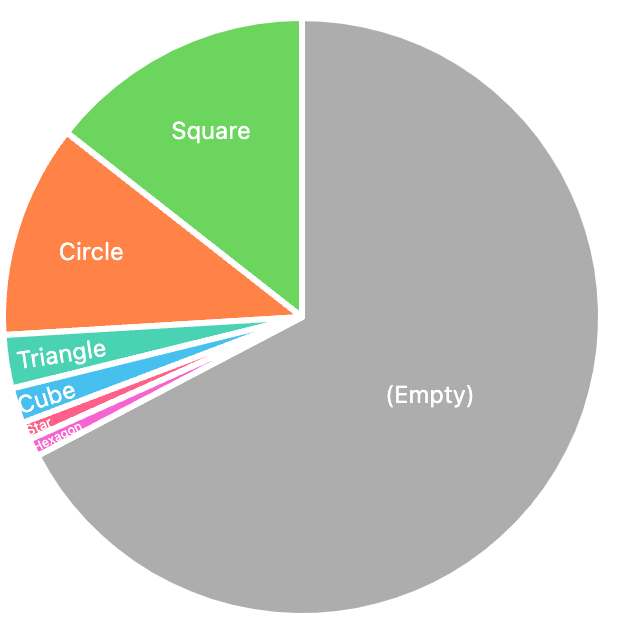
Out of all logos using an icon 67% use graphically complex themes (e.g. arrows, waves) while the rest 33% of the Saas companies use basic shapes like square, circle, triangle etc.
Typography
93% of logos use San-Serif fonts
Most of logos non-surprisingly go with Sans-Serif font-families. While Serif, Serif-Slab, Script fonts are very common in DTC brands, in Tech logos design they are very rare.
Just in case you’re not a professional designer, a little refresher:
- Serif fonts are distinguished by the small lines on the ends of the letters. This is a classic style of type that works well for logos. Serif fonts tend to be more legible than their sans-serif counterparts and often used as body text to optimise the reading experience (that’s why you see them used in newspapers). Serif fonts look more sophisticated and luxurious which often makes them the preferred choice when designing logos for healthcare and financial services companies.
- Sans-Serif - the more modern, sans-serif typefaces are distinguished by their lack of small lines on the ends of the letters. Sans-serif convey a feeling of simplicity and minimalism as opposed to Serif fonts.
- Slab is a hybrid of the serif and sans-serif typefaces. It’s the good middle ground between the two. Slab typefaces are legible like serif fonts, but they also possess the boldness of a sans-serif font. This makes slab fonts a very versatile typeface. You can use it to design logos for just about any industry.
All-lowercase name (42%) is almost equally popular as normal case (48%) followed by all-uppercase (10%)
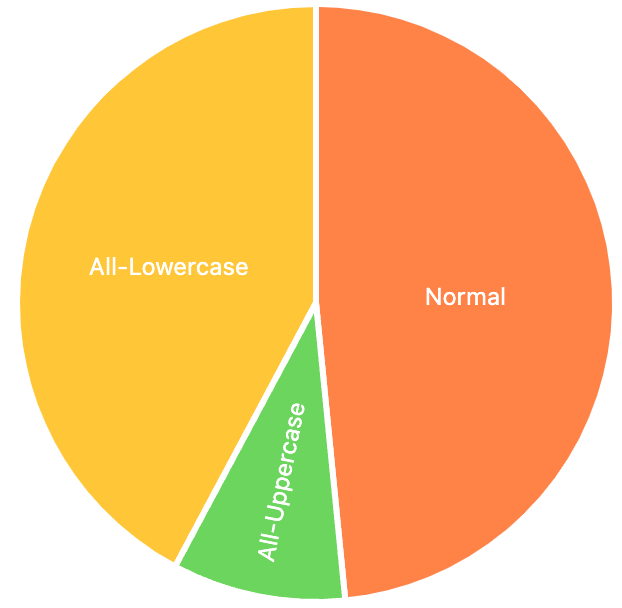
Switching from all-uppercase to regular or all-lowercase written brand name is a trend in last several years. Big companies like Wallmart, Staples, AT&T, Target ditch all-uppercase. Brands like Mastercard, Fisher Price switch from regular to all-lowercase. Seems like similar trends are relevant in the tech industry.
Names consisting of two words never have a space in between
30% of the companies we looked at had a two-worded name. Every single company with a two-words name choose not to split words in their logo (e.g. NetSpring and not Net Spring). This is different from consumer brands which prefer to separate words (e.g. Fresh Sends).
Colors
51% of the logos are black
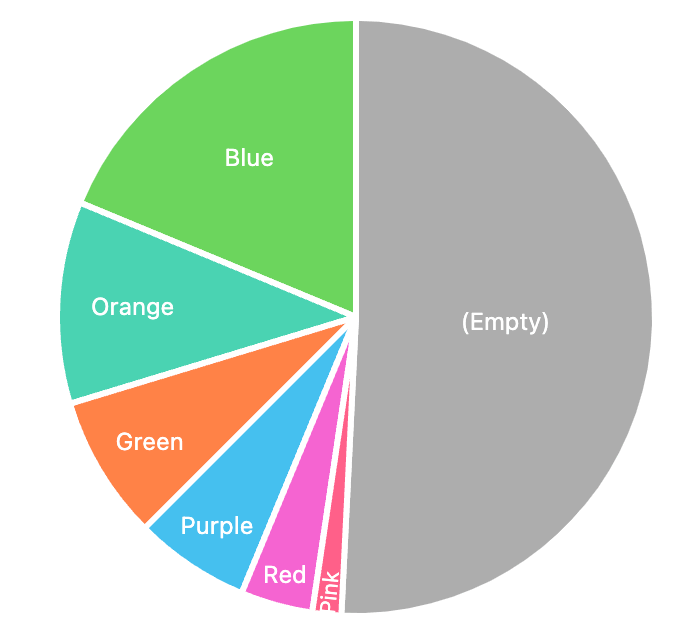
This is another difference from the consumer brands that are more likely to use colours in their logo design as opposed to tech companies.
When brands do go with colours, they most popular colours are: blue (18%), orange (10%), green (8%).
If you’re not a designer — blue is often associated with trust, loyalty, and wisdom and can be a good choice for companies that want to create a sense of stability and reliability. Considering the fact that startups want to establish a trustworthy identity, it makes sense that it’s the most popular color used by Saas companies.

